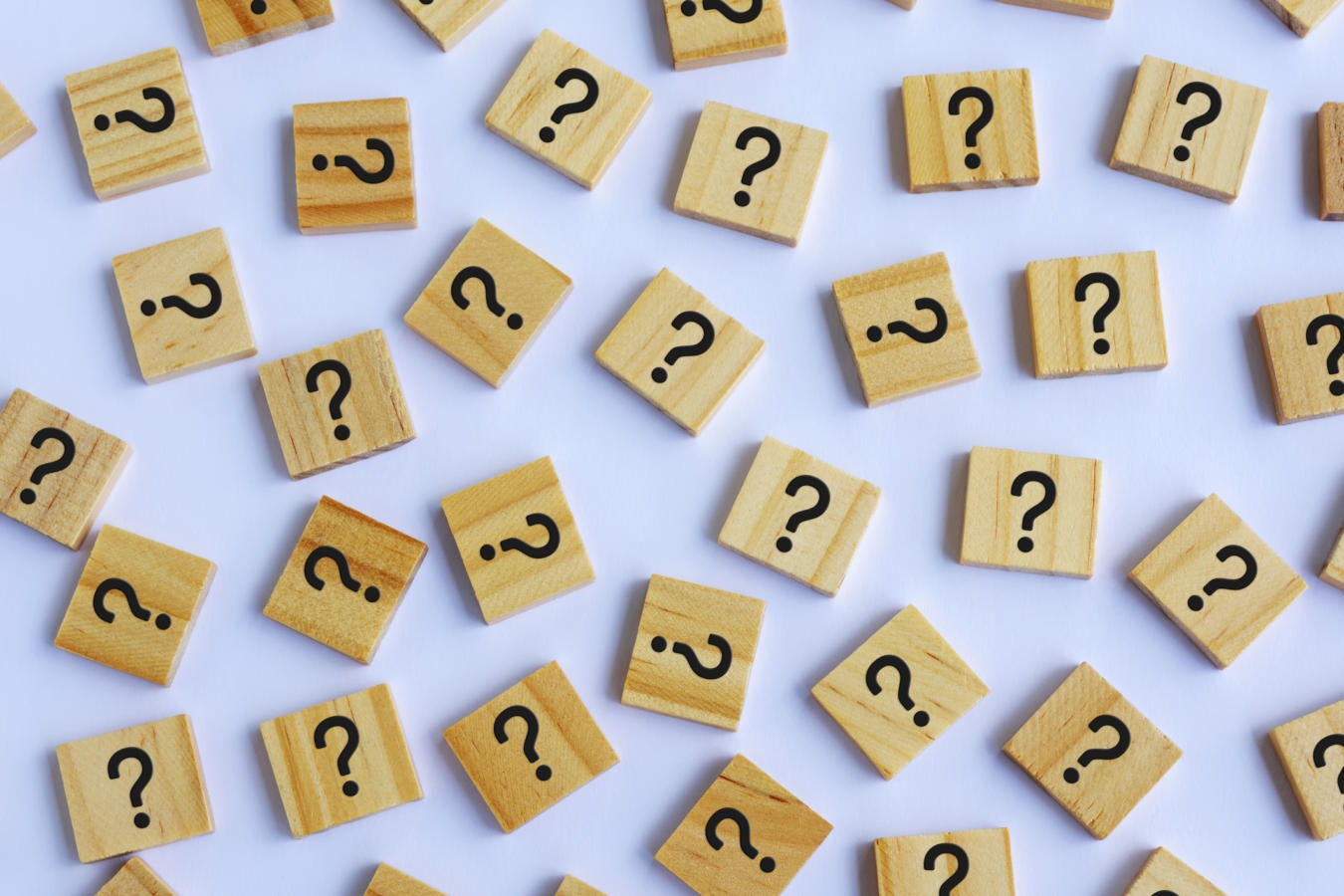Although decision-making, the process of selecting one choice from many in an effort to achieve a positive outcome, may seem innate, it is often jarring and stressful for those suffering from anxiety disorders. Empirical evidence suggests that the decision-making process is reliant on the proper functioning of specific neurons in the brain’s prefrontal cortex — functioning with which anxiety interferes. In layman’s terms, anxiety disorders typically manifest themselves in fears of future threats, making decision-making especially taxing and arduous, both on the mind and on the person’s wellbeing.
I’m a senior in high school. I’m neurotypical and, although incessantly stressed from the burdens that a high school workload produces (my school has a dual curriculum, so I take ten classes in an eight hour school day, five days a week), as well as various other responsibilities that are part and parcel of simply being a teenager, I suffer from no anxiety disorders of which I know. As I’ve traversed through my high school years, I’ve developed an ever-growing interest in history, English, and language. Since I was a young kid, though, alerting cashiers that they miscalculated my change, or debating my parents about the intrinsic value of attending kindergarten each morning, I’ve always had a strong partiality towards math, logic, and reason.
Two years ago, as part of the Algebra II curriculum, I learned Bayes’ theorem, a rule of probability that predicts outcomes based on all conditions as well as how they affect one another. Expressed mathematically, Bayes’ theorem states that: P(A | B) = P(B |A) P(A)P(B) , where P(A|B) and P(B|A) represent the likelihoods of A happening given that B is true and of B happening given A is true, respectively, and where P(A) and P(B) represent the likelihoods of A and B occurring independently. The theorem essentially demonstrates that the probability of an event is dependent on more than just itself and its stand-alone likelihood, but also all external factors.
As I learned in my math class, Bayes’ theorem is frequently used to adjust one’s belief in a proposition after accounting for evidence and factors. If, for every proposition, one stands on a spectrum at the 50% belief mark — i.e. he neither believes nor doesn’t believe in the proposition’s truth more strongly than the other — Bayes’ theorem allows him to then evaluate all known information regarding the proposition and push him in either direction along the spectrum so that when all the figures have been tallied, he leans toward one side more heavily than the other. When I learned this, my mind raced thinking about alternative applications for Bayes’ theorem. After some quick googling later that day, I discovered that many others had had the same thought that I did — that Bayes’ theorem, not necessarily verbatim mathematically but also its conceptual essence, could be extended seamlessly to the decision-making process. Moreover, I realized that intuitively, I had been employing a similar decision-making strategy on my own long before learning of the concept. For every decision that I make, significant or trivial, I subconsciously place myself on a spectrum, perfectly in between the “do it” and “don’t do it” poles. I then take all the information I have and all the factors I can think of to consider and evaluate in what direction and how far they push me along the spectrum. Inevitably, my subconscious self ends up closer to one pole than the other, and my conscious self decides to make that decision.
I recognize that I’ve been blessed and do not suffer from any anxiety disorders, and that decision-making is pronouncedly harder for people that do. Nonetheless, I think it worthwhile to share my decision-making methodology, in the hope that, even minimally, it alleviates some of the angst and burden that accompanies decision-making for someone, somewhere. I’m no more advocating the implementation of my unique process, though, than I am promoting the use of any fixed decision-making system. Having a system that can be called upon and referenced as one’s go-to decision-making process is beneficial in that it eliminates fears of the unknown and fears of the wrong choice; the decision-maker accounts for all information that he knows, and makes the best, most strategic decision given his knowledge at that moment. Although he will not always make the right decision, he can be confident that he followed a process that the majority of the time yields optimal results.






